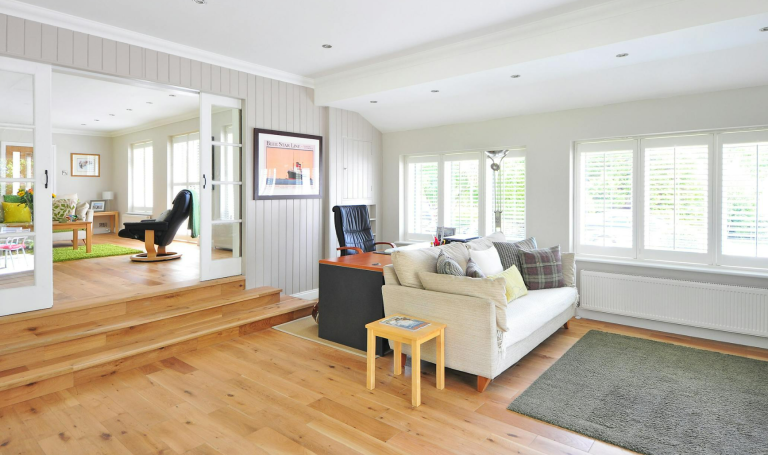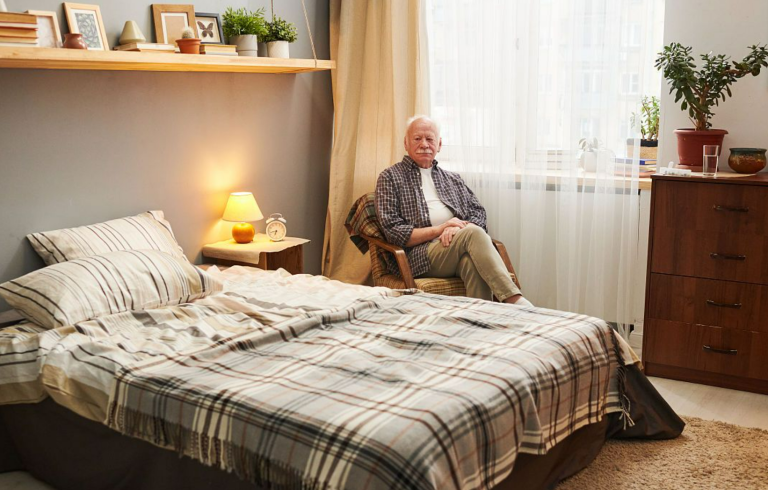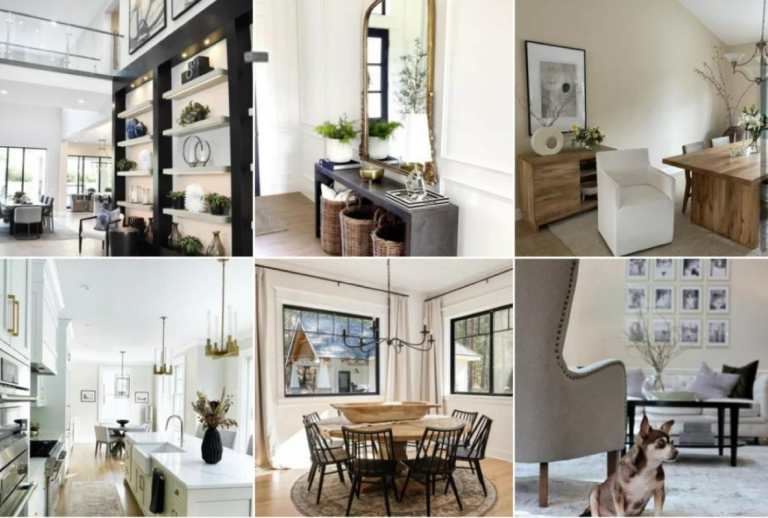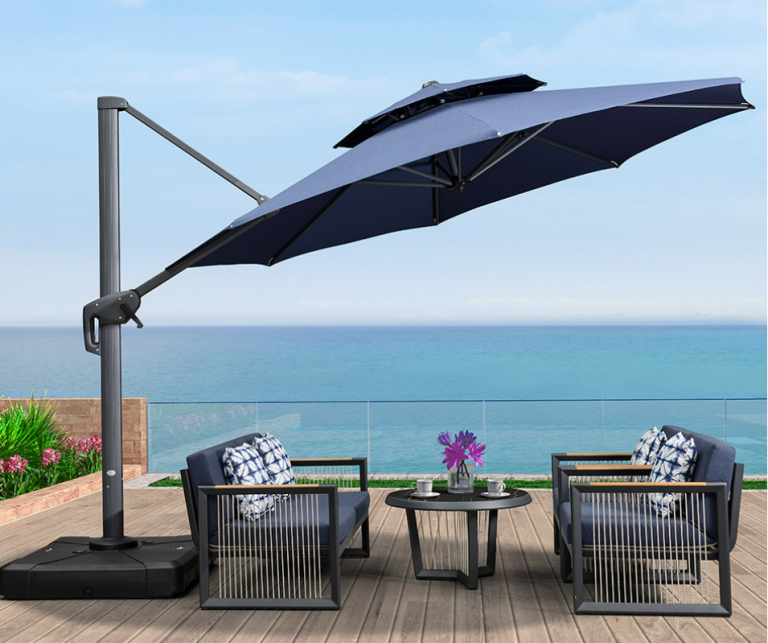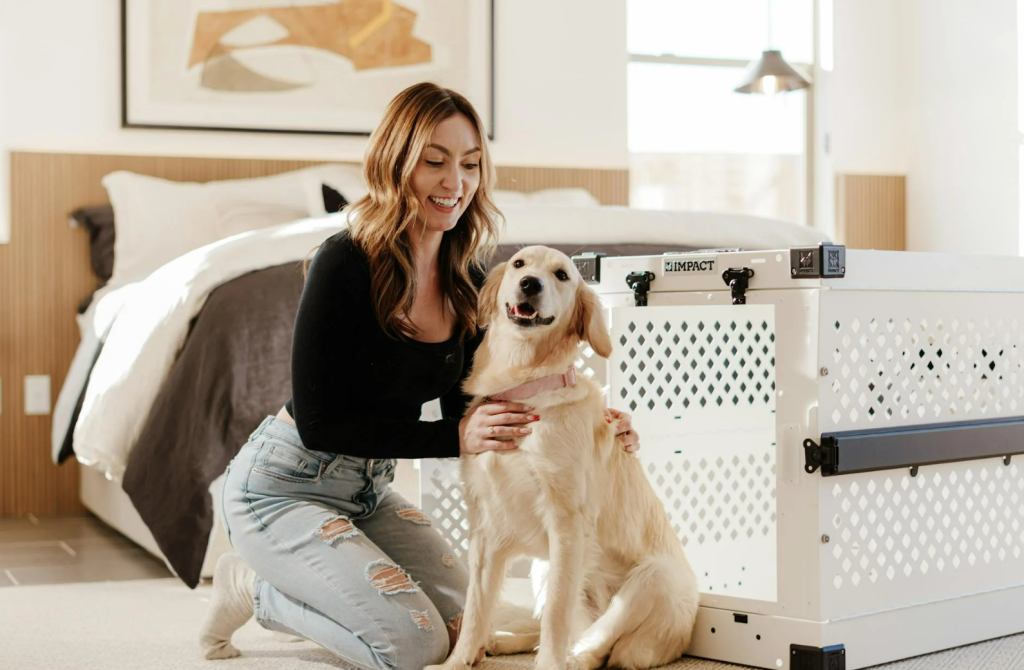

Home Organization Techniques: Keeping Your Space Tidy and Organized
Introduction: The Life-Changing Power of Organization
Ever walked into a cluttered room and felt your stress levels spike? You’re not alone. Studies show that 78% of people feel overwhelmed by disorganization, while tidy spaces can boost productivity by up to 20%. But here’s the good news: transforming chaos into calm doesn’t require magic—just methodical techniques we’ll unpack together.
The Psychology of Clutter
Mental Health Benefits
Cluttered spaces correlate with 30% higher cortisol levels, according to environmental psychology research. Conversely, organized environments promote mental clarity—think of your mind like a browser: too many open tabs slow everything down.
Productivity Boost
A UCLA study found that mothers in organized homes spent 55 fewer minutes daily searching for misplaced items. That’s 334 hours saved annually—enough to learn a new language!
Step 1: The Art of Decluttering
The “One-Year Rule”
If you haven’t used an item in 12 months (except sentimental keepsakes), it’s likely dead weight. Pro tip: Handle each item only once during sorting to avoid decision fatigue.
Sorting System
- Keep: Essentials + frequently used items
- Donate: Gently used goods (local shelters love these)
- Discard: Broken or expired items (be ruthless!)
Step 2: Strategic Storage Solutions
Zone-Based Organization
Create activity-specific zones:
- Kitchen: Group baking tools near the mixer
- Bathroom: Keep toiletries in labeled caddies
Vertical Space
Install floating shelves above doorways for books or hooks inside cabinets for pots—this leverages often-wasted space.
Step 3: Smart Furniture Choices
Opt for a storage bed with drawers or a coffee table that lifts into a desk. These pieces are like Swiss Army knives for your living space.
Step 4: Daily Habits
- Nightly Reset: Spend 10 minutes returning items to their “homes”
- Empty-Handed Rule: Never leave a room without taking one item to put away
Advanced Techniques
For small apartments, use nesting tables and over-the-fridge racks. Families might designate “kid zones” with low bins for toys.
Technology to the Rescue
Smart labels (like Tile for bins) and apps like Sortly help track stored items. Imagine your phone guiding you to that missing holiday decor box@ref
Common Mistakes
- Over-buying organizers before decluttering (measure first!)
- Forgetting to label bins (even clear ones need tags)
Conclusion: A Tidy Home, A Peaceful Mind
Organization isn’t about perfection—it’s about creating spaces that serve you. Start small, celebrate progress, and remember: every item you let go creates space for what truly matters.
FAQs
- How often should I reorganize?
Quarterly refreshes prevent pile-ups. - Best storage for sentimental items?
Digitize photos/mementos; keep physical copies in archival boxes. - Tiny apartment solutions?
Magnetic spice racks and under-bed vacuum bags maximize square footage. - Getting family onboard?
Assign zones (kids manage toy bins; adults handle paperwork). - Most overlooked space-saver?
Door racks—they hold 20+ shoes or cleaning supplies

